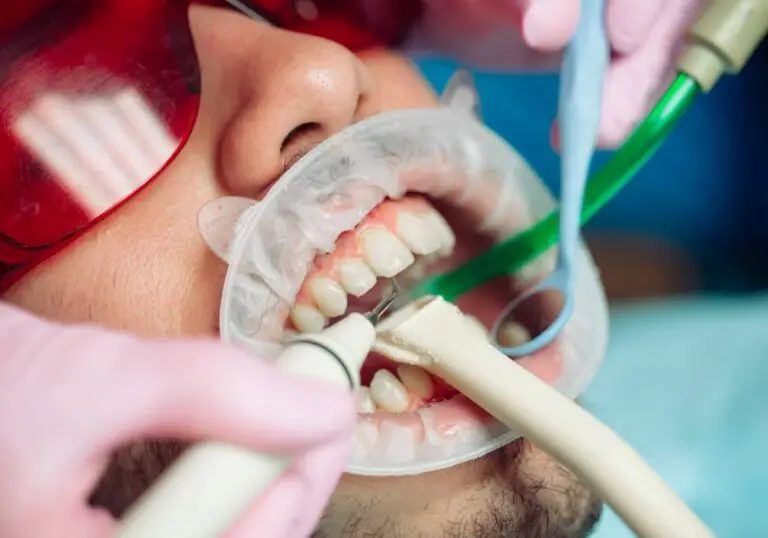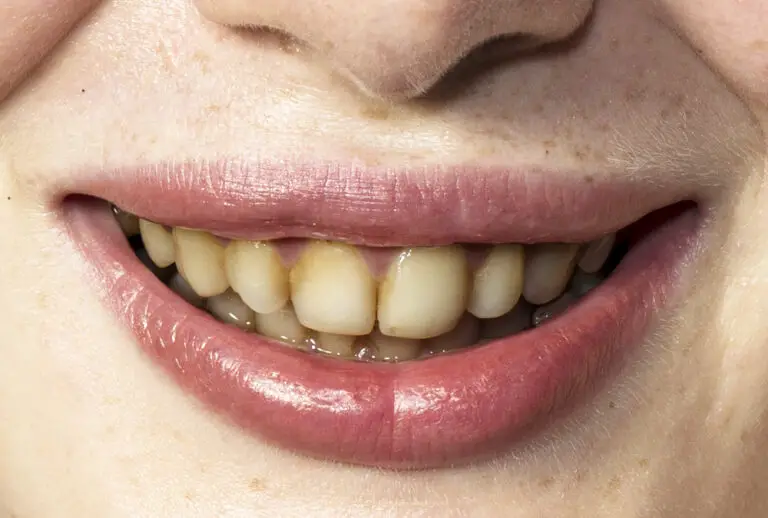Having severely decayed or rotten teeth can negatively impact your smile, self-confidence, and oral health. While keeping up with professional dental care is ideal, it may be unaffordable or inaccessible for some people. In that case, there are methods you can try at home to temporarily improve the appearance of rotten teeth by whitening them. With consistent effort, you may see your smile brighten up a couple shades. Let’s explore some remedies for whitening rotten teeth, as well as when to seek professional help.
Thorough brushing and flossing
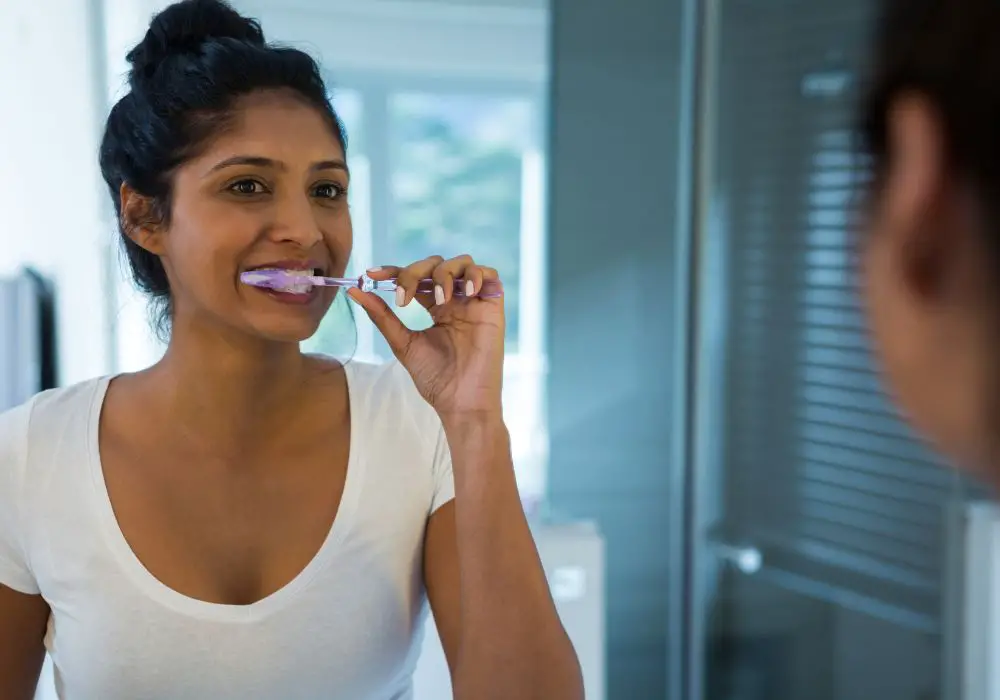
The first step to take when wanting to make rotten teeth less noticeable is improving your oral hygiene. Each day, plaque containing bacteria builds up on teeth. This plaque sticks to stains on the tooth enamel and can exacerbate discoloration. By brushing and flossing thoroughly, you can disrupt, remove and prevent some of this plaque accumulation.
Brushing
It’s recommended to brush teeth twice per day for at least two minutes each time. Make sure to use a soft-bristled toothbrush to avoid damaging the enamel. When brushing rotten teeth, be extra gentle with brush strokes. Focus on removing debris from the surface and in grooves rather than harsh scrubbing.
Brush all areas of the mouth, including:
- Front and back of teeth
- Chewing surfaces
- Along the gumlines
- Inside surfaces of front teeth
Spend extra time on spots that are especially stained or discolored. Brushing diligently can reveal a whiter color of the enamel underneath layers of plaque.
Flossing
Flossing is critical for cleaning between teeth, under the gumline and around dental work, areas a toothbrush cannot reach. For rotten teeth, flossing can help remove food particles and gunk lodged in crevices, holes or spaces between teeth. This debris can contribute to foul odor and dark staining if left in place.
Use fresh floss each time and work it gently up and down the sides of each tooth. Go below the gumline but avoid snapping floss forcefully into delicate gums. Flossing rotten teeth daily or every other day can keep them cleaner.
Toothpaste
When brushing and flossing, use a whitening toothpaste containing gentle polishing agents and ingredients like silica or baking soda. Avoid highly abrasive toothpastes with hydrogen peroxide, as these can damage the enamel of decayed teeth further. An electric toothbrush can aid plaque removal as well.
Through dutiful brushing and flossing, you can slow discoloration and reveal marginally whiter rotten teeth in a matter of weeks.
Baking soda treatments
Baking soda is a popular home remedy for whiter teeth. Also called sodium bicarbonate, it acts as a mechanical abrasive to scrub stains off the enamel surface. It also neutralizes acids in the mouth that can contribute to plaque buildup.
Be mindful that baking soda is abrasive. Rubbing it hard against decayed teeth already compromised by cavities could cause damage. Use a soft touch when applying it to rotten teeth.
Some ways to use baking soda:
Baking soda paste
Make a paste by mixing 1 teaspoon of baking soda with a small amount of water. Use your finger or soft toothbrush to gently brush it onto stained teeth for 1-2 minutes. Rinse thoroughly with water. Apply once a day or every other day.
Dry baking soda
Dip a damp toothbrush in a dish of baking soda to coat the bristles. Brush teeth gently with it for 1-2 minutes, taking care around sensitive areas. Rinse with water when done. Use this method 2-3 times per week.
Baking soda and hydrogen peroxide
The bubbling reaction between baking soda and hydrogen peroxide can help lift stains. Mix 1 teaspoon each of baking soda and 3% hydrogen peroxide. Apply to teeth and leave for 2-3 minutes before rinsing. Do this once a week at most.
With consistent use, baking soda can gradually brighten rotten teeth 1-2 shades over a few weeks. However, avoid overusing it as the abrasiveness can erode enamel over time.
Hydrogen peroxide rinses
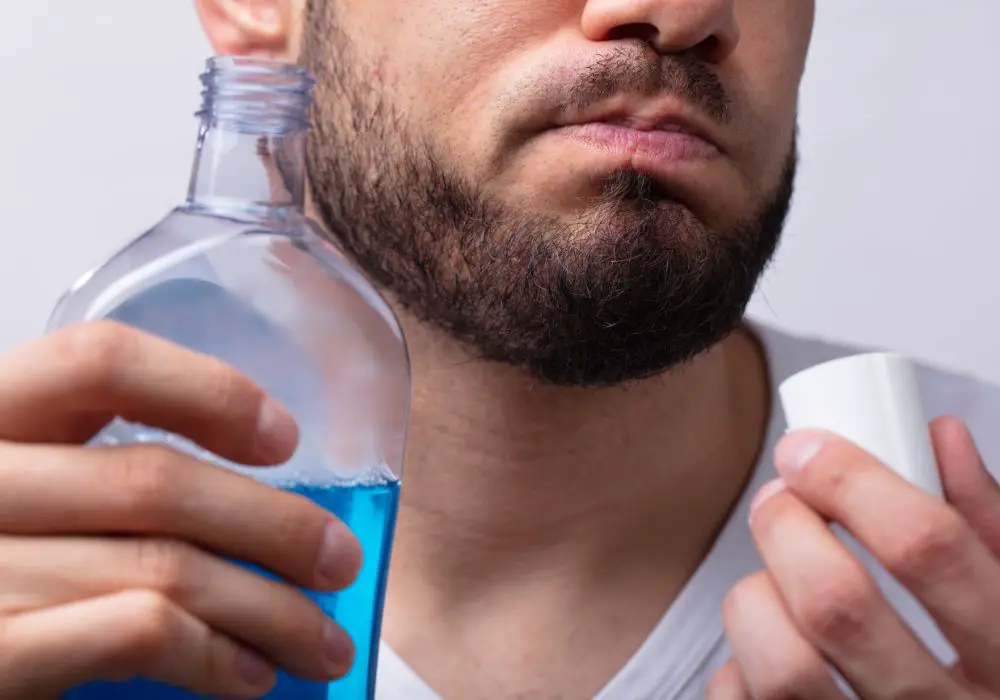
As an oxidizing agent, hydrogen peroxide destabilizes pigment molecules that cause tooth discoloration. It foams and bubbles when encountering organic material, helping lift stains off the tooth surface.
Use hydrogen peroxide cautiously on rotten teeth, as overuse will exacerbate decay. Try these methods:
- Mix 1-2 teaspoons of 3% hydrogen peroxide with a cup of water. Swish the diluted peroxide around the mouth for 30-60 seconds, allowing it to bubble and froth. Spit out and rinse with plain water.
- Alternatively, dip your toothbrush in hydrogen peroxide and brush teeth gently with it for 1 minute before rinsing.
Limit hydrogen peroxide use to 1-2 times per week at most. Look for any increased tooth sensitivity, as this can indicate enamel erosion. Discontinue use if irritation occurs. With occasional use, you may see modest whitening of a shade or two.
Oil pulling
Oil pulling involves swishing oil around the mouth to draw out toxins and bacteria. Common choices are coconut, sesame or sunflower oil. The oil turns thin, milky and frothy during the process, as impurities in the mouth mix with it. It can help whiten teeth thanks to lauric acid and vitamin E in certain oils.
To oil pull:
- Put 1 tablespoon of oil in your mouth upon waking up in the morning.
- Swish and pull it between teeth for 10-20 minutes. Don’t gargle or swallow.
- Spit out the liquid and rinse out your mouth.
- Brush teeth well afterward.
Perform oil pulling 3-5 times per week. It may gradually reduce stains on tooth enamel over time.
Lemon juice or orange peel
Citric acids in lemon juice and orange peel can help naturally dissolve surface stains on teeth. They contain mild bleaching properties. Use them occasionally in these ways:
- Rub a piece of lemon peel or orange peel against stained teeth. The oils may brighten your smile.
- Mix 2 tablespoons lemon juice with 1 teaspoon baking soda. Apply to teeth and let sit briefly before rinsing. Do not leave on too long as the acidity can erode enamel.
Use lemon preparations 1-2 times per week at most. Rinse with plain water afterward and brush lightly. The results will be subtle but can enhance other whitening methods.
Apple cider vinegar
Apple cider vinegar contains acetic acid that gently removes stains and kills bacteria in the mouth. It is antibacterial and antifungal. The vinegar also balances pH levels in the mouth, inhibiting bacterial growth that causes decay.
To use it:
- Mix 2 teaspoons apple cider vinegar with 1 cup water.
- Swish the diluted solution in your mouth for 30 seconds before spitting out.
- Rinse with plain water afterward.
Use this treatment just 2-3 times per week, as the acidity can wear down tooth enamel with excessive use. It may gradually whiten discolored rotten teeth over time.
Activated charcoal
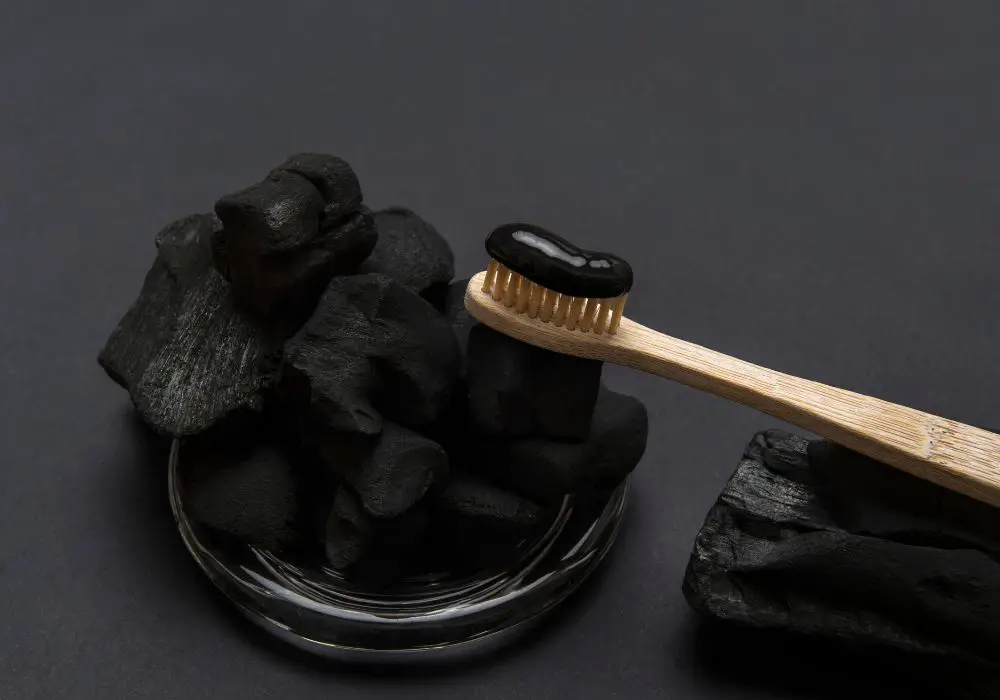
Activated charcoal has become a trendy product for whitening teeth. It is able to absorb toxins and stains from tooth enamel. However, it is also abrasive, so charcoal should be used cautiously on decayed teeth.
To use activated charcoal:
- Form a paste by mixing 1⁄2 teaspoon of powdered charcoal with a few drops of water.
- Apply paste gently to teeth using a soft brush or cotton swab.
- Let sit for only 1-2 minutes.
- Rinse thoroughly with water.
Limit use to once per week or less. Check for sensitivity, as charcoal can cause enamel erosion with frequent use. Avoid using commercial charcoal toothpastes or strips around decayed areas.
Professional whitening treatments
While home remedies can provide minor improvement, the most dramatic whitening of severely discolored rotten teeth requires professional work by a dentist. This involves:
- Exams and x-rays to assess areas of decay
- Cleaning and polish to remove external stains
- Antibiotics or antiseptic rinses to clear infection
- Restorations like fillings, inlays or crowns to repair damage
- Extractions if teeth are severely compromised
- Custom-fitted whitening trays with stronger bleaching gel, applied periodically under dentist supervision once underlying issues are addressed
Professional whitening can make decayed teeth up to 8-10 shades lighter when done properly after other necessary treatments. For moderate to severe tooth decay, in-office whitening by a dentist is the safest and most effective option. Home remedies serve as helpful supplemental measures in between dental visits.
Avoiding stains
In addition to actively whitening rotten teeth, avoiding stain-causing foods and beverages can prevent further discoloration. These include:
- Coffee and tea – stain from dark pigments called chromogens
- Red wine – stains from anthocyanin pigments
- Dark berries, tomato sauce, soy sauce, curry – contain staining substances like lycopene
- Tobacco products – contain tar and nicotine leading to brown stains
Rinsing or brushing shortly after consuming these items helps prevent stains from setting. Limit intake of staining foods as much as possible. A healthy diet with crunchy fruits and vegetables can also help scour plaque buildup.
When to see a dentist
While home remedies can temporarily brighten a smile, they cannot fix underlying problems with rotten teeth. See a dentist right away if you experience:
- Severe tooth decay comprising most of the tooth structure
- Worsening tooth pain, sensitivity or headaches
- Swelling around gums signalling infection
- Bad breath or foul taste that won’t go away
- Chipping, cracking or loosening of teeth
- Obvious open cavities, holes or dark pit stains indicating advanced decay
Leaving severe tooth decay untreated allows it to spread deeper and cause abscesses or complete tooth loss. Seek professional dental care to remove infection, restore damaged areas, and chemically whiten decayed teeth for best results. A bright white smile is achievable with diligence.
Frequently Asked Questions
How long do the results from home whitening treatments last?
Most home remedies provide temporary whitening that lasts from a few days to a few weeks. Stains will gradually return without consistent efforts to brush, floss and repeat whitening treatments. For lasting whitening of rotten teeth, visiting a dentist is best.
Can hydrogen peroxide really whiten teeth?
Yes, hydrogen peroxide is a mild bleaching agent that can lighten stained teeth a couple shades if used properly. However, it only affects surface discoloration and works best in conjunction with deeper cleaning by a dentist. Avoid overusing peroxide as it can damage tooth enamel.
Should I use a whitening toothpaste?
Look for a toothpaste designed for whitening that contains silica, baking soda or hydrogen peroxide. Avoid highly abrasive formulas. Whitening toothpastes can moderately improve tooth shade along with daily brushing. They show best results when paired with occasional use of other homemade whitening remedies.
How white can rotten teeth actually get?
The maximum whitening possible depends on the severity of decay. Surface stains may lighten a few shades with diligent home care. But teeth compromised extensively by cavities can only regain a white color through dental work like fillings, inlays or crowns to restore structure, followed by professional whitening.
Can you whiten teeth with braces on?
Specialized whitening treatments exist for teeth with braces, often involving custom-made trays that fit around orthodontic wiring. However, consult your dentist before attempting to whiten teeth with braces, as hydrogen peroxide gels may react with bracket adhesive. Avoid over-the-counter whitening products.



